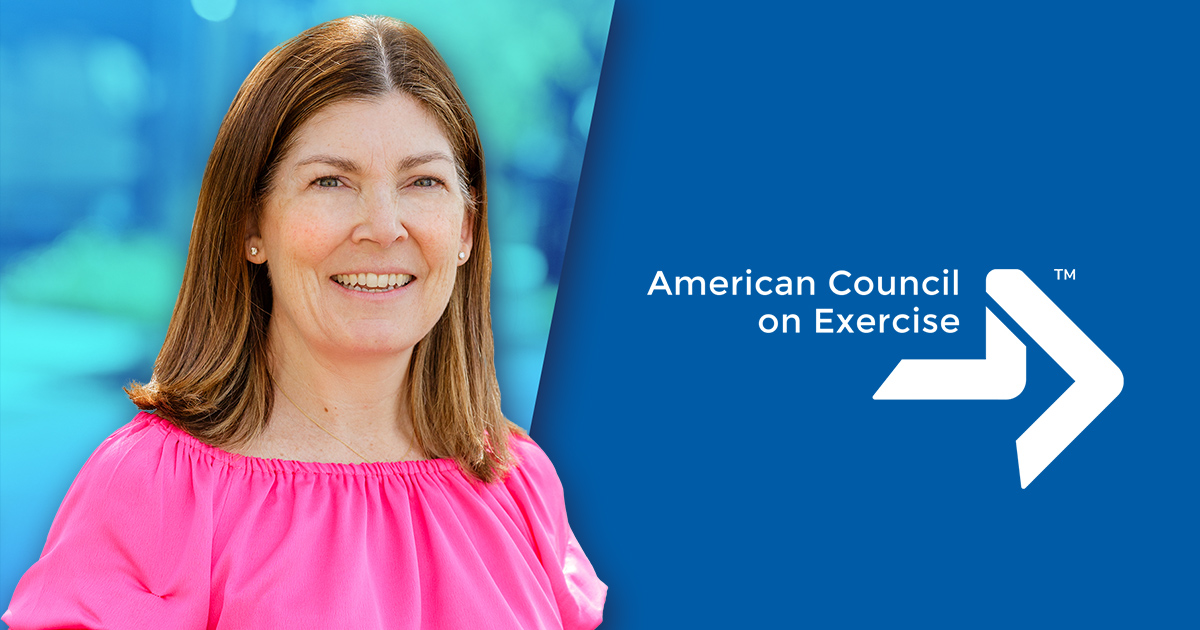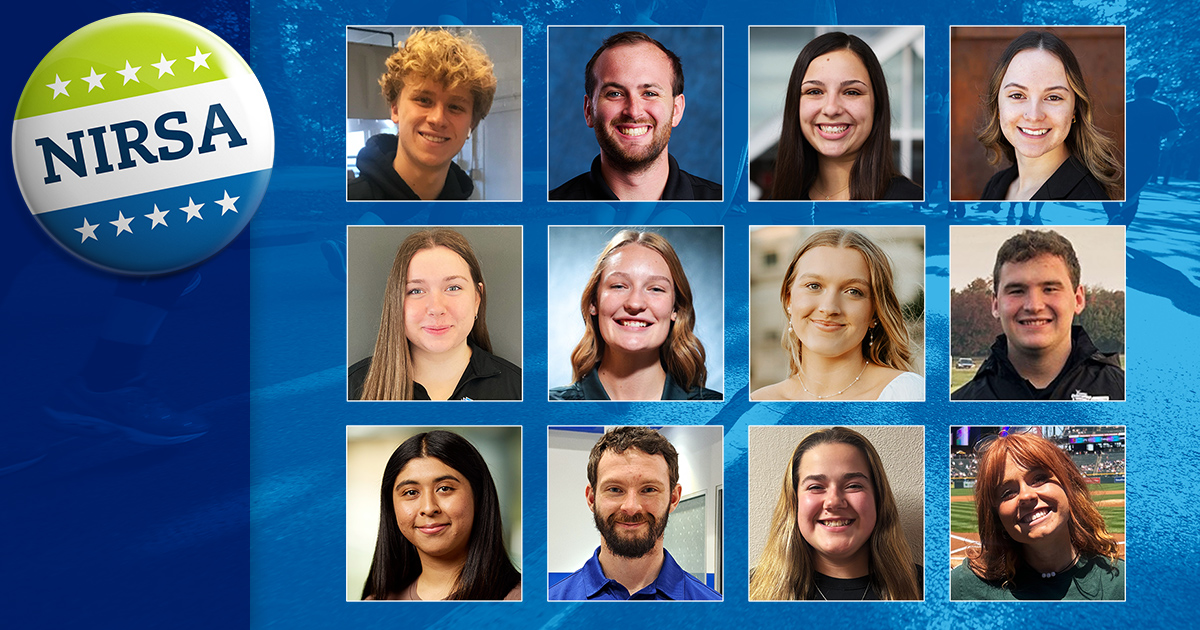By Cara McFadden and Don Stenta
The NIRSA Leadership Commission, which is named for one of NIRSA’s six strategic values, is charged with the exploration of leadership development within the collegiate recreation profession. In October 2013, the Commission facilitated a summit at The Ohio State University to formulate the work regarding leadership for the year. Given that leadership is a broad and complex topic, the Commission chose to focus on college student leadership development theories for 2013-2014. After exploring a number of theoretical models, NIRSA’s Leadership Commission is now positioned to build on these models and create programs and interventions that can facilitate leadership development, resilience, and efficacy.
Developing the leadership capacity in college students is a common concern within higher education settings. However, the need for intentionality in this development is often neglected, as is the fact that it is difficult to do within varying university environments. The Commission’s work focused on identifying student leadership development frameworks and models that support the intentional design of student leadership capacity; it explored multiple leadership perspectives with an emphasis on best practices.
The Commission identified multiple frameworks that practitioners can use within collegiate recreation environments. Here are a few highlights from its work:
Student leadership development frameworks
Social Change Model. This model’s focus is to advocate for social responsibility and the common good. To accomplish this, the model is made up of seven core values that interact with individual, group, and community stages, with the goal being to engage others in collaborative work. 3;1
Relational Leadership Model. In this model, leadership is defined as a relational process of people attempting together to accomplish change or make a difference to benefit the common good. This transpires through purpose, process, inclusion, empowerment, and ethics. Relationships within a group are built on trust, and talented and diverse group members are critical to the thinking process that contributes to accomplishing social change. 3
Leadership Identity Development Model. This model is stage-based and entails students’ progression through one stage of leadership development before beginning the next. The stages are both linear and cyclical, illustrating the complexity of student leadership development. The LID provides a framework with applicability to designing educational programs and other learning experiences to foster leadership identity. 4
Leadership Challenge. The model provides strategies for how leaders engage others to accomplish goals and transform organizations. The components are described as five practices and ten commitments. The commitments of leadership are connected to one of five practices: (a) model the way, (b) inspire a shared vision, (c) challenge the process, (d) enable others to act, and (e) encourage the heart. 5
Assessment of college student leadership development in collegiate recreation
The Multi-Institutional Study of Leadership (MSL) is an instrument based on the Socially Responsible Leadership Scale measuring the Social Change Model of Leadership that was developed by John Dugan in 2006. Now, the MSL assesses a broader range of leadership and college outcomes and the experiences that influence them.
These efforts and the collective work of MSL are a result of the shared commitment and investment made by leadership educators across the world. To date, the administrators of the MSL have collected data from over 250 colleges and universities in Canada, Jamaica, Mexico, and the United States. Various components of the MSL have also been used in China, Colombia, Italy, Japan, Kenya, Lithuania, and Turkey. 2
In 2014, Dugan, Torrez and Turman published Leadership in Intramurals and Sport Clubs: Examining Influences to Enhance Educational Impact. The report identified key insights for how these experiences influence student leadership development:
- Students who participate in aspects of campus recreation demonstrate higher leadership capacity and efficacy than many of their peers.
- Students in club sports scored lower than peers involved in intramural sports and/or a combination of sports and club sports on both leadership efficacy and resilience.
- Aggregation of aspects of campus recreation experiences may mask important distinctions in both educational outcomes and their influences.
- There is room to bolster the influence of participation in campus recreation on resilience and social perspective taking. 2
Conclusion
Collegiate recreation professionals as well as our higher education partners must engage in using frameworks that support intentionality and quality assessment of college student leadership development. The Commission’s work from the past two years provides perspectives that are practical in nature and can be applied to the collegiate recreation environment. In addition, a valid and reliable measure—John Dugan’s 2006 MSL study—of student leadership capacity exists to measure outcomes of development.
During the 2015 NIRSA Annual Conference & Recreational Sports Expo, there will be multiple opportunities to attend presentations to hear about the Commission’s work over the past two years: Strategic Values Joint Town Hall, New Directions: Student Leadership in Collegiate Recreation, Collegiate Recreation Student Employees as Leader, and The Social Change Model of Leadership and Recreation.
A new Wiley book series called New Directions for Student Leadership will premiere in 2015 and will include four issues. The issue titled “Student Leadership Development through Recreation and Athletics” is designed to engage higher education professionals with concrete competencies that will enhance their understanding of how students’ leadership capacity is developed in recreation and athletic environments.6
With a variety of students involved in groups on our campuses, the issue provides a great resource for practitioners and educators to enhance their abilities to positively influence the leadership development of students throughout their time at the university.
NIRSA Leadership Commission members
Co-Chairs:
Don Stenta, The Ohio State University
Cara McFadden, Elon University
Members:
Josh Downing, Butler University
Justine Gilman, University of Southern California
Stacey Hall, RCRSP, CRSS, University of New Hampshire
Sadat Khan, North Carolina State University
Gordon Nesbitt, CRSS, Millersville University
Mike Weinberger, University of California, Berkeley
For more information about the NIRSA Leadership Commission, please contact Co-Chair Don Stenta or Co-Chair Cara McFadden.
References
- Dugan, J. P. (2006). Explorations using the social change model: Leadership development among college men and women. Journal of College Student Development, 47(2), 217-225.
- Dugan, J. P., Torrez, M. A., & Turman, N. T. (2014). Leadership in intramural sports and clubsports: Examining influences to enhance educational impact. Corvallis, OR: NIRSA.
- Komives, S. R., Lucas, N., & McMahan, T. R. (2013). Exploring leadership: For college students who want to make a difference. San Francisco, CA: Jossey-Bass.
- Komives, S.R., Longerbeam, S. D., Owen, J. E., Mainella, F. C., & Osteen, L. (2006). A leadership identity development model: Applications from a grounded theory. Journal of College Student Development, 47(4), 401-418.
- Kouzes, J. M. & Posner, B. Z. (2012). Leadership challenge: How to make extraordinary things happen in organizations. San Francisco, CA: Jossey-Bass.
- Stenta, D. & McFadden, C.W. (Eds.) (in press). Student leadership development through recreation and athletics. New Directions for Student Leadership, San Francisco, CA: Jossey-Bass.







